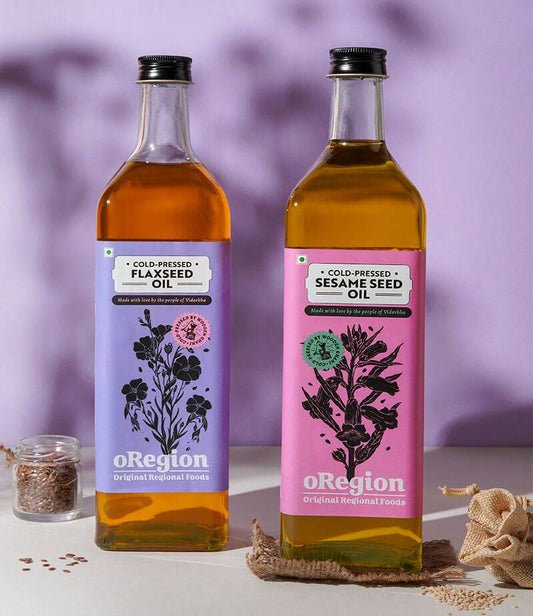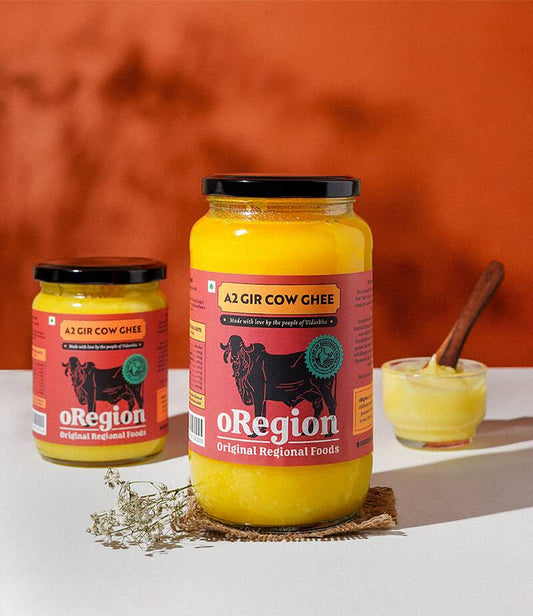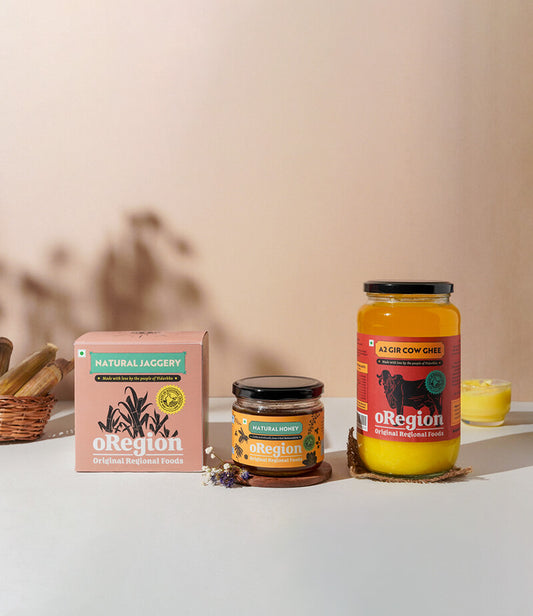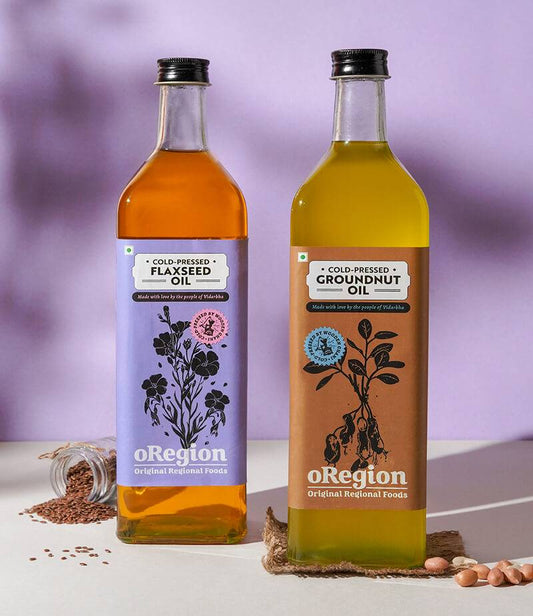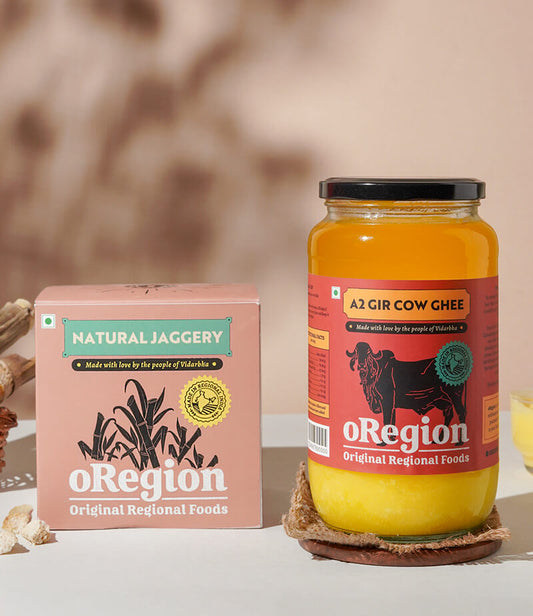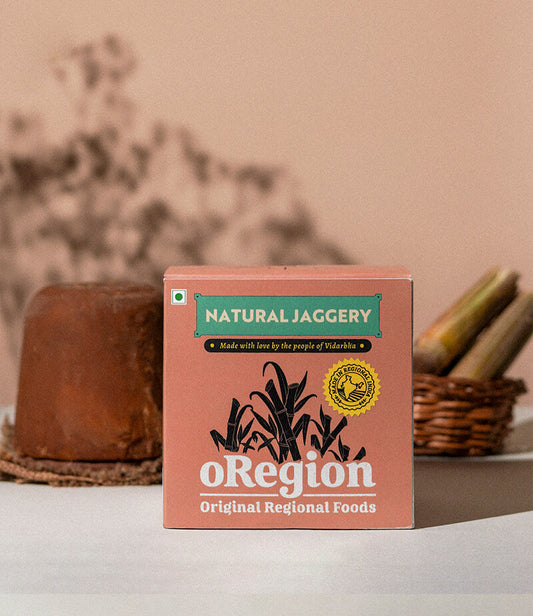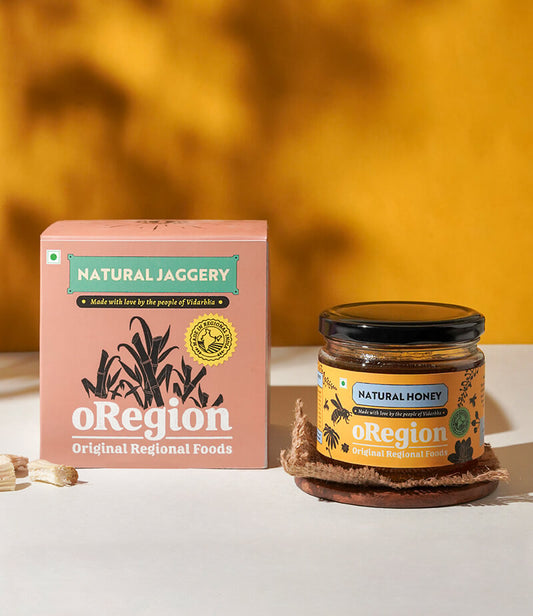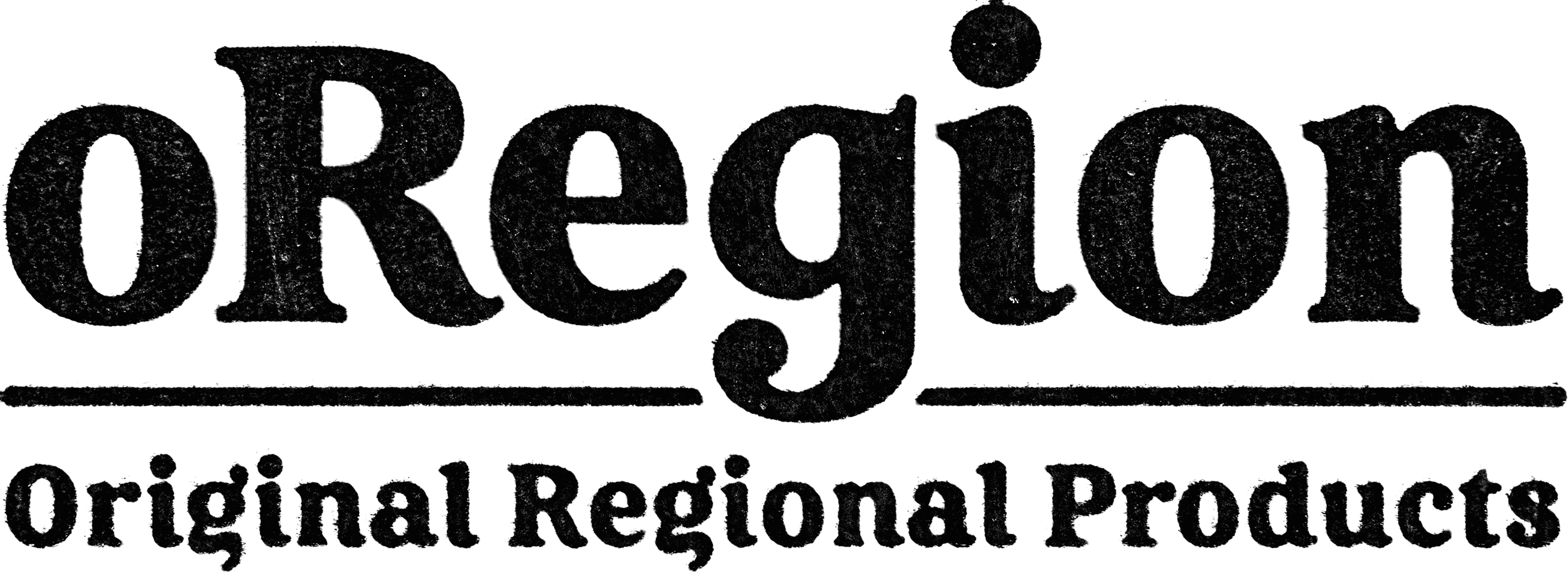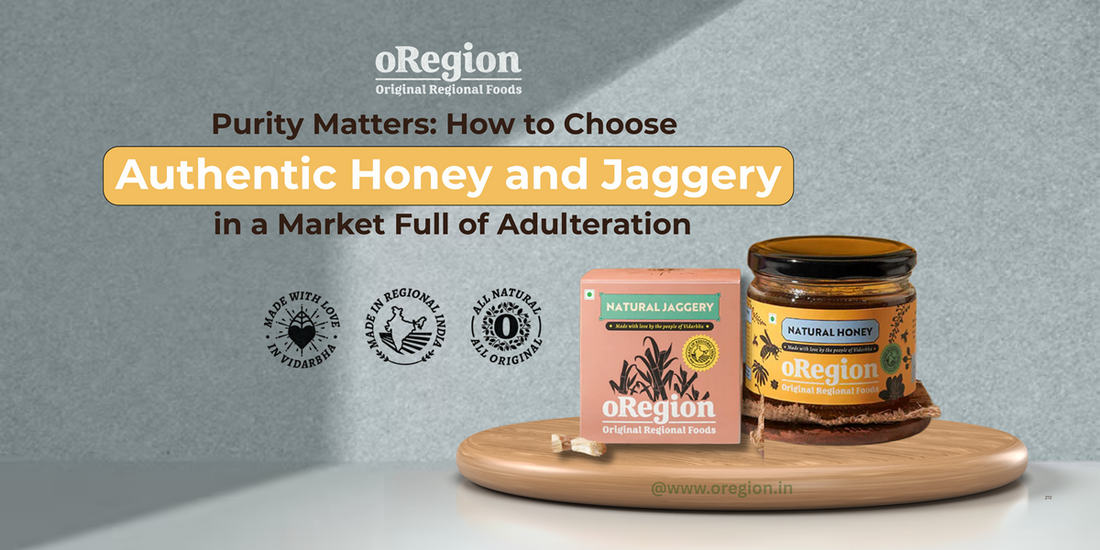
Purity Matters: How to Choose Authentic Honey and Jaggery in a Market Full of Adulteration
By oregion foodsIn a time when even nature's purest gifts are not spared from adulteration, finding authentic honey and jaggery is no longer just a culinary preference—it's a health necessity. As consumers grow more conscious about what goes into their bodies, the demand for pure honey and Natural Sugarcane Jaggery has surged. But so have deceptive practices in the name of “natural” and “organic.”
This guide will help you navigate the tricky world of sweeteners and empower you to identify pure honey and jaggery, differentiate them from their fake counterparts, and understand the Ayurvedic and nutritional significance of choosing wisely.
Understanding the Problem: Why Adulteration is Rampant in Natural Sweeteners
The growing popularity of traditional sweeteners in India—like Jaggery and Honey—has unfortunately made them prime targets for adulteration. These adulterants include glucose, refined sugar, chalk powder, sodium bicarbonate, and even synthetic chemicals that mimic smell, texture, and taste.
Health Risks of Consuming Adulterated Honey and Jaggery:
-
Gastrointestinal issues
-
Blood sugar spikes
-
Liver damage due to synthetic chemicals
-
Long-term hormonal imbalance
-
Reduced immunity
That’s why identifying natural wild Honey or pure jaggery is essential—not just for your taste buds, but for your well-being.
How to Identify Pure Honey: Easy Tests You Can Do at Home
1. The Water Drop Test (Raw Honey Online Authenticity Test)
Drop a spoonful of honey in a glass of water.
-
Pure honey: Settles at the bottom without dissolving
-
Adulterated honey: Begins to dissolve or mix with water
2. Thumb Stick Test
Place a small drop of honey on your thumb.
-
Pure honey: Stays intact
-
Fake honey: Spreads or slips off easily
3. Vinegar Reaction Test
Mix honey with a few drops of vinegar water.
-
Fizz or foam: Sign of adulteration
4. Crystallization Check
Over time, raw organic honey may crystallize naturally. This is a sign of minimal processing.
5. Smell and Taste Test
-
Multiflora or wild forest honey has a distinct floral or herbal aroma.
-
Pure honey tastes rich and finishes clean—no lingering sweetness or artificial aftertaste.
Labels to Trust When Buying Organic Honey Online:
-
"100% Raw and Unfiltered"
-
"Certified Organic Honey"
-
"Sourced from Wild Forests or Local Beekeepers"
-
Free from “High Fructose Corn Syrup” or “Glucose”
How to Identify Natural Sugarcane Jaggery: Spot the Real Thing
1. Texture and Breakability
-
Natural sugarcane jaggery is soft and can be broken easily by hand.
-
Adulterated jaggery is often very hard or grainy due to chemicals and additives.
2. Dissolving Test
Drop a piece into water:
-
Pure jaggery: Dissolves smoothly with little residue
-
Impure jaggery: Leaves behind chalky or gritty particles
3. Color Observation
-
Authentic jaggery is deep brown or golden, not shiny yellow.
-
Too-bright color = likely chemical bleach or artificial color
4. Smell Test
-
Real jaggery has a warm, earthy, slightly fermented aroma.
-
Chemical smell or lack of aroma indicates additives.
Traditional and Ayurvedic Significance of Honey and Jaggery
According to Ayurveda:
-
Honey is a Yogavahi—an agent that enhances the medicinal value of other herbs.
-
Jaggery is considered ushna (heat-generating), good for digestion, and a natural detoxifier.
These ingredients are deeply rooted in Indian wellness traditions and have been used for centuries to boost immunity, cleanse the system, and maintain holistic health.
What Certifications to Look for When Buying Online
Whether you're shopping for organic honey online or looking for raw jaggery near you, keep an eye out for:
-
FSSAI Certification
-
NPOP or USDA Organic
-
Laboratory Testing Reports
-
Origin Traceability (local farms, wild sourcing)
Examples of Trusted Practices (Not Brands)
-
Ethical wild forest honey collection methods are followed in forests regions, ensuring honey bees are not harmed during the harvesting process.
-
Natural jaggery is produced using okra pulp to effectively clean and remove impurities, avoiding the use of chemical clarifiers.
-
Traditional techniques are still used to retain the natural flavor of sugarcane juice, now enhanced with modern quality control practices for better consistency and hygiene.
Conclusion: Make Every Spoon Count
In your quest for sweetness, don’t trade purity for price or packaging. By understanding how to identify authentic honey and jaggery, you protect not just your taste preferences but your health, your traditions, and your trust.
At oRegion, we believe purity is a right, not a luxury. So, the next time you buy organic pure honey or natural sugarcane jaggery, look beyond the label—examine, test, and choose consciously.
FAQs: Your Questions Answered on Authentic Honey and Jaggery
1. How can I test if my honey is pure at home?
Try the water drop test or thumb stick test. Pure honey will not dissolve easily in water and stays firm on the thumb.
2. What does adulterated jaggery look like?
It’s usually overly hard or grainy, unnaturally yellow, and may have a chemical smell or leave residue when dissolved.
3. Why is wild forest honey more expensive?
Because it is ethically harvested from natural hives in forests and contains rich plant diversity, making it nutritionally superior.
4. What are the health benefits of raw organic honey?
It is rich in antioxidants, supports immunity, soothes cough, and promotes digestion. It’s best consumed without heating.
5. Is yellow jaggery better than dark brown jaggery?
No. In fact, darker jaggery is often more natural. Bright yellow jaggery is often chemically treated to appear appealing.
6. Can jaggery be stored for a long time?
Yes. Store it in an airtight container away from moisture. It naturally hardens but remains safe to consume.
7. How is okra pulp used in making pure jaggery?
It is added during boiling to clarify sugarcane juice naturally—a safe, plant-based alternative to chemical clarifiers like hydros.
